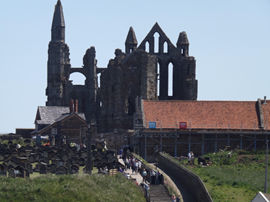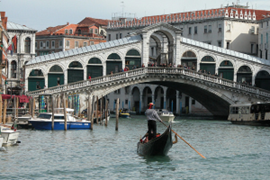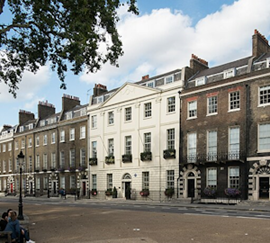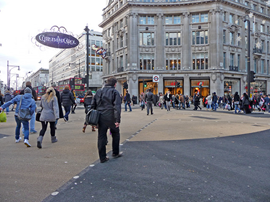Construction environmental management plan
Contents |
[edit] Introduction
The purpose of a construction environmental management plan is to outline how a construction project will avoid, minimise or mitigate effects on the environment and surrounding area.
Construction environmental management plans often detail the implementation of measures in accordance with environmental commitments outlined in; an Environmental Statement, an environmental policy or environmental plan, requirements of planning conditions, Section 106 agreements or other legislative requirements. They are ‘live’ documents that are reviewed and updated at regular intervals throughout the project life cycle.
[edit] Purpose
The purpose of a construction environmental management plan is typically to:
- Highlight stakeholder requirements.
- Ensure that the development is compliant with current environmental legislation.
- Outline Environmental Management System requirements (in accordance with ISO 14001).
- Detail the mitigation committed to within the Environmental Statement and how it will be implemented on site.
- Ensure that any adverse effects are minimised during construction.
- Describe any site-specific method statements required.
[edit] Scope
The basic scope of a plan should consider the following subject areas, as applicable to the individual project:
- Air quality.
- Water quality and drainage.
- Noise and vibration.
- Geology and soils.
- Landscape and visual impact.
- Nature conservation.
- Archaeology and cultural heritage.
- People and communities.
- Waste.
- Energy.
- Transport.
- Materials.
[edit] Outline plan
Construction environmental management plans might be structured as follows:
- Introduction – General purpose, scope and structure of the document.
- Scope of work and project description – Information about the development.
- Environmental requirements and controls – Policy and planning, environmental impacts, risks and mitigation, procedures for monitoring construction processes against environmental objectives, pollution control measures, environmental risk register.
- Consents, commitments and permissions – Appropriate environmental legislation, planning conditions and any other consents or licensing.
- Management plans – Specific management plans such as; ecology, noise and vibration, and so on.
- Communication – External and internal consultations.
[edit] Related articles on Designing Buildings Wiki
- BS8555.
- Contaminated land.
- Deleterious materials.
- Ecological impact assessment.
- Eco-Management and Audit Scheme EMAS.
- Environmental consultant.
- Environmental engineering.
- Environmental impact.
- Environmental impact assessment.
- Environmental management procedures manual.
- Environmental modelling.
- Environmental policy.
- Protected species.
- Sustainability.
- Sustainable materials.
[edit] External references
IHBC NewsBlog
IHBC Publishes C182 focused on Heating and Ventilation
The latest issue of Context explores sustainable heating for listed buildings and more.
Notre-Dame Cathedral of Paris reopening: 7-8 December
The reopening is in time for Christmas 2025.
Stirling Prize-winning Salford building to be demolished
The Centenary Building will be bulldozed as part of the wider £2.5bn Crescent regeneration project
Volunteers work to transform 100-year-old ‘hidden’ building into bothy
The building, named Druimnashallag, is located southeast of Oban.
The new ‘Arches for HERs’ Demo site, from the Getty Conservation Institute via HE
It shows how organisations responsible for historic environment records (HER) management can benefit from its powerful features.
ICOMOS-CIF 2024 Symposium celebrates 40th anniversary in Venice
It aims to critically review current practices and theories of conservation of built heritage around the world, and more.
HES establishes new national centre for retrofit of traditional buildings
HES plans to develop the centre follows £1m of funding from UKRI Arts and Humanities Research Council.
High Court rejects oral appeal against tower block decision in historic Bloomsbury
The request was for a full Judicial Review hearing against Camden Council’s approval of a 74m-high tower block in Bloomsbury.
Mayor of London and Government announce bold plans to transform Oxford Street
Plans include turning the road into a traffic-free pedestrianised avenue, creating a beautiful public space.
Crystal Palace Subway, for 160th anniversary
The remarkable Grade II* listed Crystal Palace Subway in South London begins a new era following major restoration.















